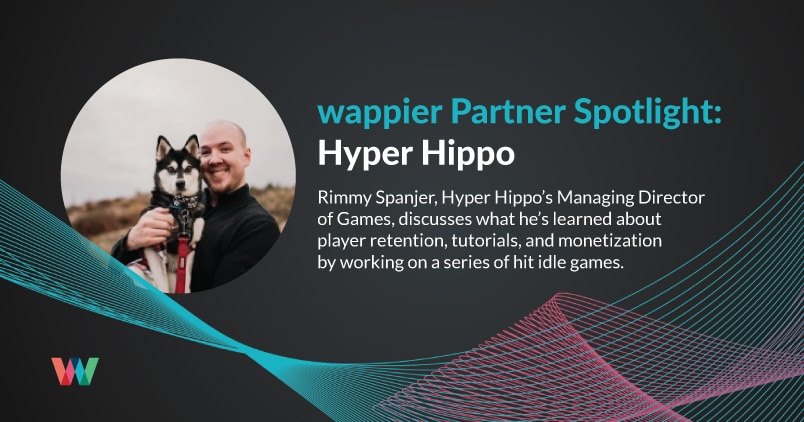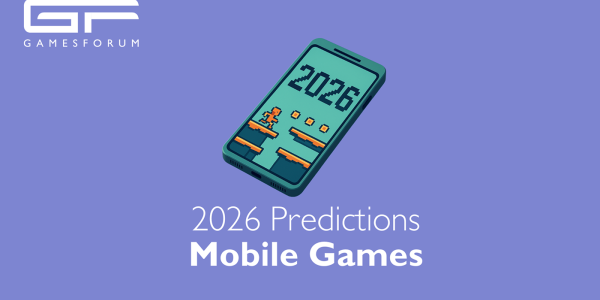It’s all about communicating that value proposition, which comes entirely from education.You have to start with the gameplay; you need a core system that allows for deep and meaningful investment, which comes from that value proposition. A player needs to have a very clear understanding of why it would be better, more fun, and rewarding to invest in your product.
I’ll use
Archero as an example because that was a really fun one. It was so easy to invest in that first purchase, because the core gameplay shows you that you wander around, shoot arrows and things die. Immediately within the first 10 seconds, anyone who plays that can figure out what purchases are going to do. I’m going to kill things faster, or I’m going to kill things in more interesting ways or I’m going to progress more quickly to new content. All of that is understood upfront. For Archero, that education burden is very, very low, and what they sell actually expands the experience. For an idle game, the education burden is enormous. I have to teach you that not only is this whole thing fun and interesting all on its own, but spending will be fun and rewarding even though
it doesn’t expand the experience.
Where a lot of games go wrong with monetization is that IAP picks you up from one part of the experience and drops you into a later part of the game. A lot of times, all it does is move the player past that beautiful, curated seven day experience and drop them in the 14 day experience, which is often meant to be a slow down grind fest where people are supposed to be pushed to spend. You’ve actually just given them the worst possible monetization experience.
If you want people to spend more than once, and you want them to stay after they spend while feeling more connected to your game, you need to ensure that the spending experience is solid through the whole process. You have to make sure that you’ve taught them why they’re spending, demonstrated the great value of that spend, and given them reasons to want to spend again. Ultimately they need to understand how spending money makes their game experience better, and should never leave them in a worse situation than they started. It’s something idle actually does fairly well because the gameplay should feel similarly rewarding almost anywhere you are in the game. Six months in should feel almost the same as those polished first seven days, just a little bit more interesting.












